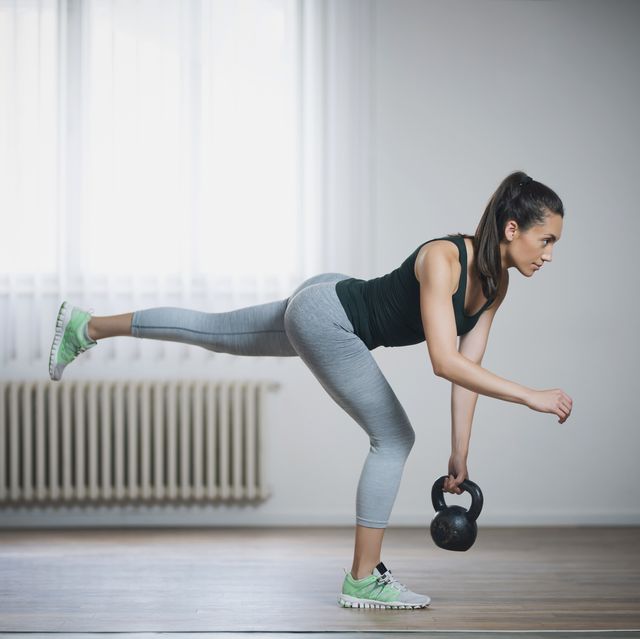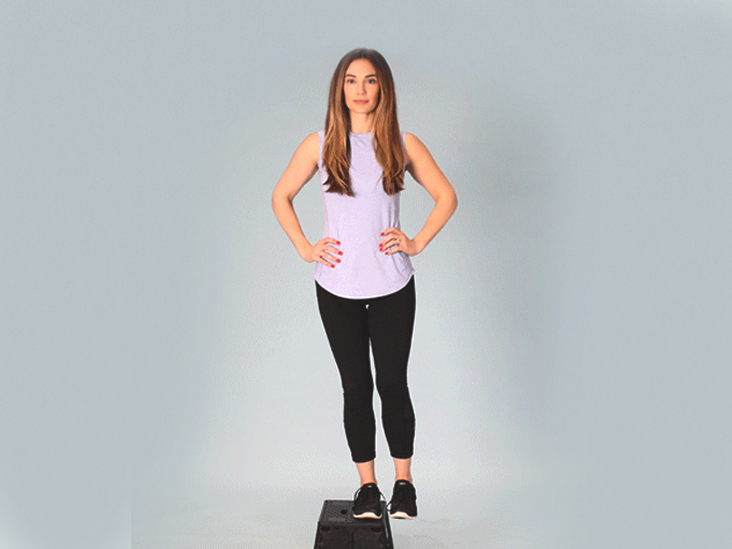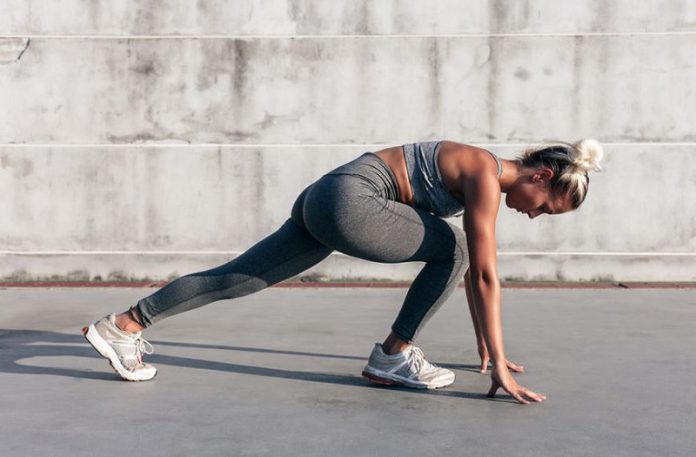Healthremedy123.com – In addition to resting, you should also try low-impact sports to avoid reinjuring the affected area. Low-impact activities include swimming, cycling, and inline skating. For runners, the Runtastic Training app is a great resource for strengthening neglected muscles. This article will go over some of the most effective stretches for shin splints and the best ways to do them safely and effectively.
Doing Eccentric Exercises to Avoid Shin Splints
Generally, shin splints are caused by excessive pronation, a condition in which the foot flexes too far inward. Too much pronation places too much stress on the posterior tibial tendon, which inserts directly on the tibia. To help avoid shin splints, perform eccentric exercises, which strengthen the muscles against gravity. You should do these exercises two or three times a week, at least five to 10 repetitions each time.
The key muscles to focus on when performing exercises to treat shin splints include the tibialis anterior and tibialis posterior. These are the two major muscles that are commonly affected by shin splints. By performing these exercises, you can improve your chances of recovering from shin splints and avoid further injuries to your shin. In addition to stretching your muscles, you should also take note of your specific anatomy and activity level.

Besides stretching, you should also change your shoes. You can take shorter runs if your shin pain is not too severe. However, you should take a couple of days off from running if the pain is too intense. Changing your shoes every 200 to 500 miles is essential. Biofreeze is also a good option to ease the pain and enhance healing. If you have shin splints, make sure you visit a sports medicine specialist and follow their advice.
Doing Calf Raise to Strengthen Calf Muscles
You can also do calf raises to strengthen your calf muscles. You can perform calf raises on a step stool or a flat surface. Ensure you put your weight on the mid-foot or balls of your feet and lift your heels up. Hold them for 10 to 20 seconds before lowering them back down. Repeat this exercise three to four times for about five minutes a day.
If you’re unable to get out and run, try biking and swimming. These activities are low-impact, yet powerful. Swimming is another good option and can give you the same cardiovascular workout as running. However, don’t forget to rest between activities to avoid aggravating the condition. And if all else fails, don’t forget to use the Recover Athletics app to match your customized workouts.

Runners and other athletes are particularly prone to shin splints. Exercises for shin splints can strengthen the calf muscles and stretch the shin joint. You should stop exercising if you experience pain or discomfort during the exercise. If the pain persists, consult a physical therapist. There are many stretches you can do for pain relief and prevention.
Boosting Corperlast with One Leg
Another simple exercise to increase corperlast in one foot is step-down training. This strengthens the behindere Schienbeinmuskel and increases impulse on the affected foot. Step-down exercises are also good exercises for the lower leg and foot. Shin splints can be caused by poor technique, so you can take steps to correct the problem. Listed below are some of the most common stretches for shin splints.

One of the most common stretches for shin splints is the wall calf stretch. Stand with your back foot facing a wall with your heel on the floor. Gently push the front knee towards the wall while holding the stretch for 15 to 30 seconds. Repeat this exercise three times. Try different variations of this stretch. If you find that the towel does not stretch your calf muscles enough, try standing instead.
Doing Some Stretches Get Rid Of Shin Splints
Aside from ice and heat, you can perform several stretches that will help you get rid of shin splints. Stretching the anterior tibialis muscle helps relieve inflammation and increase strength. Try using a towel or a band around the ball of your foot, and hold it for 15 to 30 seconds while shifting your weight forward. Repeat the stretching exercise three to five times. You should notice immediate results.

Shin Splints are often caused by overuse. The muscles that support the knee and ankle are overworked and are susceptible to shin splints. The best way to prevent the condition is to prevent it from occurring in the first place. Then, you can begin your treatment with simple stretches for the ankle, which will improve your range of motion and prevent shin splints in the future.
Reference:


